What do Dhaka and Bangkok have in common?
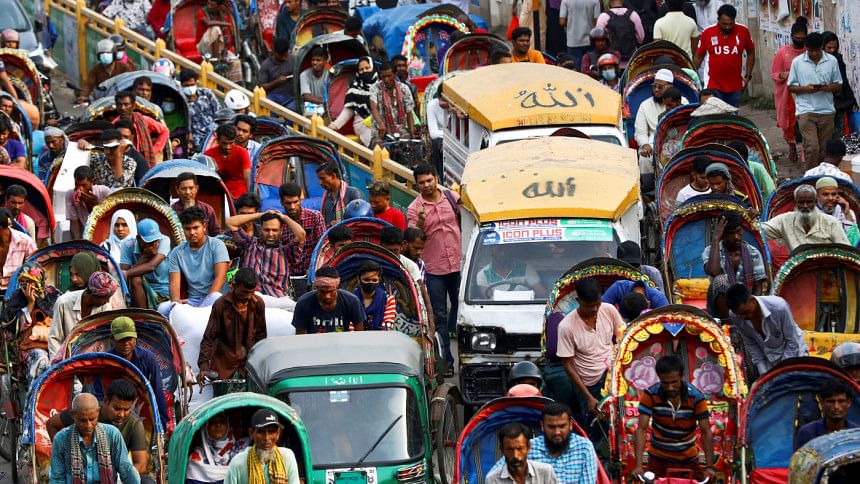
During my recent visit to Bangkok, I gathered enough insight into the megacity's notorious traffic problems. I found these issues to be, in many ways, comparable to Dhaka's intolerable traffic congestion. Dhaka and Bangkok, the capitals of Thailand and Bangladesh, respectively, share the common characteristic of an uncontrollable flow of people making them the primate cities of their respective countries. No other cities in either country are comparable to the capitals in terms of total population and scale of economic activities. Bangkok's total population is over 11 million and land area is around 1,568 sq km, while Dhaka has a total estimated population of 22 million across a land area of 1,353 sq km. This means that Bangkok holds around 15 percent of Thailand's total population of 71 million, while nearly 13 percent of Bangladesh's total population resides in Dhaka city.
The lengthy gridlock of cars can be seen throughout these cities all day, but is more intense during the mornings when people go to work and in the evenings when they return home. Meanwhile, the polluted air from cars remains unbearable for pedestrians and street vendors in both cities. Despite many new transport infrastructures being built in Bangkok over the years, including the BTS Skytrain and expressways, the increasing population density coupled with a rapid increase in the number of private vehicles in the past decades has rendered these efforts less impactful. The preference of most residents to use private cars results from the difficulty of walking long distances to get to the train station. The fare for the BTS Skytrain is also high. Another mode of public transport in Bangkok is the bus service. But this is also not adequate and has a limited capacity. In Dhaka, on the other hand, while the availability of buses is not a problem, they are not comfortable. Most are not air-conditioned and do not cater separately to the needs of women and children.
The creation of an urban transport system requires heavy public investment. But this may not always deliver the desired outcome, which is to provide relief to the city's residents who suffer as a result of heavy traffic jams. The popular belief is that public transport can solve congestion. However, if a city becomes too crowded and if enough roads are not built with a sound masterplan, the city is unlikely to get rid of traffic congestion. Dhaka and Bangkok both expanded without adequate use of land and proper planning of transit for citizens. Both these cities grew without sufficient space on the roads. For instance, while Tokyo has a 23 percent road-to-area ratio and New York has 32 percent, Bangkok has only eight percent and Dhaka has around seven percent. This defeats the purpose of building an expensive public transport network as it may prove to be inadequate in cities where too many people live on a small area of land and without adequate road space.
. Both Dhaka and Bangkok either share the same types of transport infrastructure or have plans for these, such as a metro rail, elevated expressways, bypass roads, flyovers, underground trains, etc. The expectation is that these will help to reduce traffic congestion. However, alongside these, it is crucial that the cities consider other non-infrastructural solutions such as density reduction, designating decentralised business and economic zones in other towns/cities, and provide incentives to citizens who need not be living in the capital to relocate to suburban areas.
Population density is a very important factor in determining the movement of people and goods within an urban area. This should be pre-planned rather than left to people's individual choice to build structures and cause the density to become too high, as has been the case for both Dhaka and Bangkok. A reasonable level of density should be maintained in a city to allow for the smooth movement of people. But both the cities in discussion have been overbuilt and are responsible for creating an unbalanced urban pattern in their respective countries. Dhaka and Bangkok are both administrative as well as economic capitals. Dhaka city has grown without a physical plan for over a century and only got a masterplan in 1959. This plan and other masterplans following it were never properly implemented. Thus, Dhaka's traffic system is quite chaotic, with residents spending long hours on the congested roads every day.
The popularity of private cars worsens traffic congestion due to the amount of road space they occupy while carrying only a small number of commuters. For both Dhaka and Bangkok, if traffic jams are to be reduced, the citizens should be convinced about the merits of using public transport. For this, the quality of service, safety, and efficiency in public transport must be improved. At the same time, the city authorities must have forethought and build adequate roads before human settlements can take root in potential urban areas around Dhaka and Bangkok, which have so far witnessed unplanned development. The planning authorities of these cities must adhere to zoning regulations strictly, as this will help solve traffic problems in newly urbanised areas. Decentralisation of economic activities to other cities must also be undertaken in order to reduce pressure on the capital cities.
In addition, to reduce wastage of national resources, another target should be to minimise the average fuel use per capita. The operating cost for vehicles increases due to traffic congestion, as excess amounts of fuel and lubricants are burned while also adding to the maintenance cost of vehicles. Both Dhaka and Bangkok either share the same types of transport infrastructure or have plans for these, such as a metro rail, elevated expressways, bypass roads, flyovers, underground trains, etc. The expectation is that these will help to reduce traffic congestion. However, alongside these, it is crucial that the cities consider other non-infrastructural solutions such as density reduction, designating decentralised business and economic zones in other towns/cities, and provide incentives to citizens who need not be living in the capital to relocate to suburban areas. If the governments create industrial zones and growth centres in different areas of the country, and arrange quality health and other services there, people will feel less inclined to only settle in the capital city.
In both cities, there are laws against illegal parking of vehicles and against the use of roads and footpaths for business purposes, but these practices are commonplace. To solve this, authorities must earmark parking areas and prohibit the illegal parking of cars. Many areas of these cities have been overtaken by indiscriminate construction of high-rise buildings, mixed with hospitals, schools, hotels, and shops, causing traffic congestion to reach intolerable levels. The town planning standards of both cities should be strictly followed in order to make people's lives comfortable. No narrow roads should be without drainage systems, and newly developed areas must include bicycle lanes and footpaths.
Dr Nawshad Ahmed is a former UN official, an economist and urban planner. His latest book is "The Urbanization Challenge and Role of Municipalities in Bangladesh: A Case for Boosting Investment in Urban Areas".

 For all latest news, follow The Daily Star's Google News channel.
For all latest news, follow The Daily Star's Google News channel. 
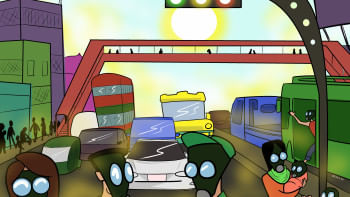


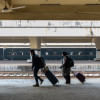
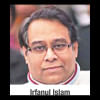
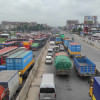

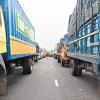


Comments